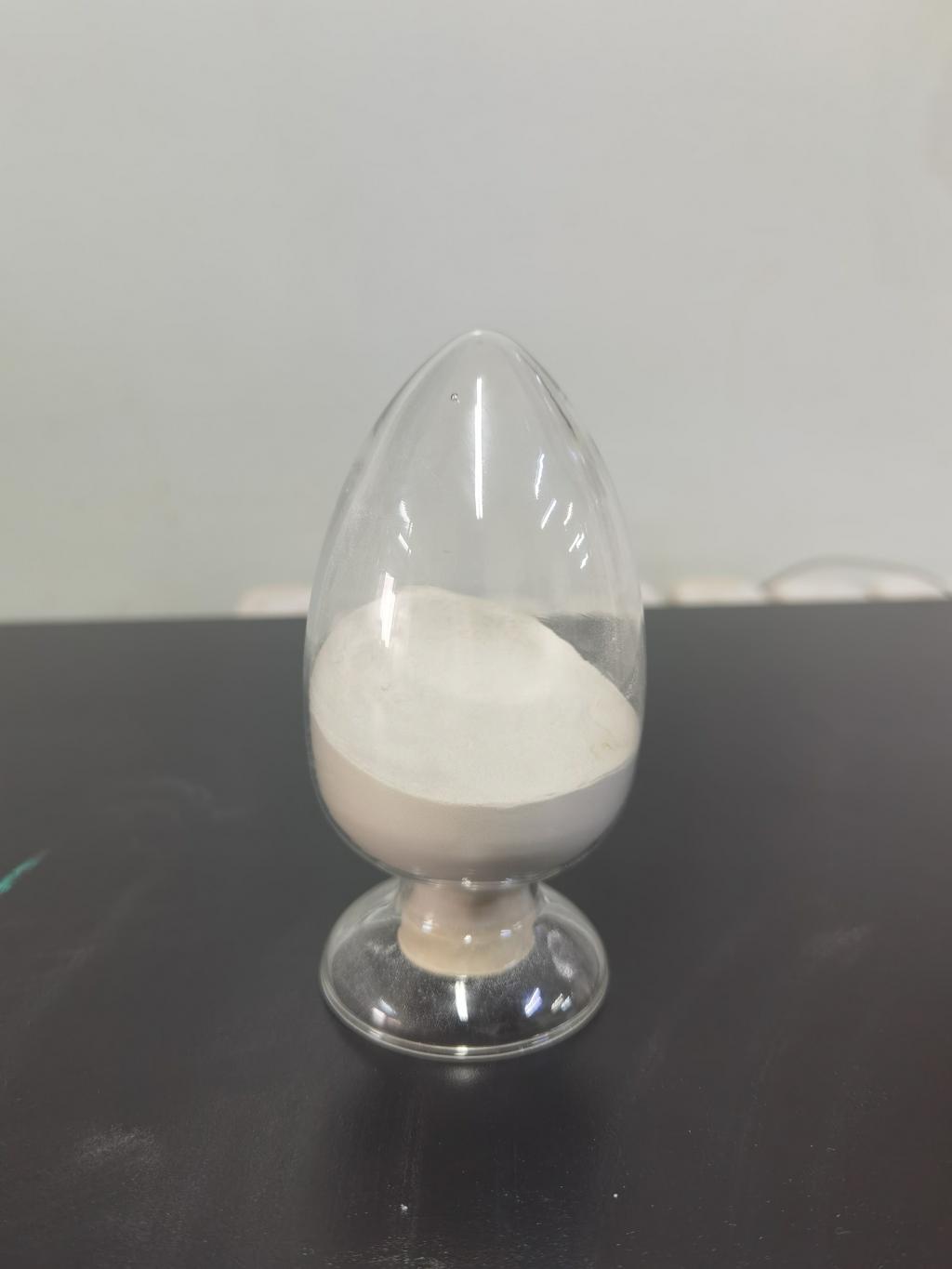Tel:0086 18231198596

News
Current Position:
Home >
News
>Nisin's Synergy with Nanotechnology: A Microscopic Approach to Food Safety
Nisin's Synergy with Nanotechnology: A Microscopic Approach to Food Safety
TIME:2024-02-19
I. Nisin: A Brief Overview
Nisin, a bacteriocin produced by Lactococcus lactis, has long been recognized for its potent antimicrobial properties. Widely used in the food industry, nisin selectively inhibits the growth of Gram-positive bacteria, including notorious foodborne pathogens like Listeria monocytogenes. As a natural preservative, nisin has garnered attention for its effectiveness, safety, and broad-spectrum antimicrobial activity.
II. Nanotechnology in Food Safety
Nanotechnology involves manipulating materials at the nanoscale, typically between 1 and 100 nanometers. In the realm of food safety, nanotechnology presents a range of applications, from packaging materials with enhanced barrier properties to the development of nanoencapsulated antimicrobials. Nanoparticles exhibit unique physicochemical properties that can be harnessed to improve food safety by preventing microbial contamination, oxidation, and other deterioration processes.
III. Nisin-Nanotechnology Synergy: Mechanisms and Benefits
A. Nanoencapsulation of Nisin:
Nanotechnology enables the encapsulation of nisin within nanoparticles, enhancing its stability, solubility, and controlled release. This encapsulation not only protects nisin from environmental factors but also allows for targeted delivery to specific food matrices. The controlled release of nisin from nanoparticles ensures a sustained antimicrobial effect, improving its overall efficiency in inhibiting bacterial growth.
B. Nanocomposite Packaging:
Incorporating nisin into nanocomposite packaging materials enhances the protective barrier against microbial contamination. Nanoparticles embedded in packaging films can release nisin gradually, creating an antimicrobial environment that extends the shelf life of perishable goods. This approach not only prevents contamination during storage but also reduces the reliance on chemical preservatives, aligning with consumer preferences for natural and eco-friendly solutions.
IV. Case Studies: Nisin-Nanotechnology Applications in Food Industry
Examining real-world applications highlights the effectiveness of the nisin-nanotechnology synergy in enhancing food safety. Case studies from diverse sectors, such as dairy, meat, and fresh produce, demonstrate how this microscopic approach can be tailored to specific food matrices. Whether it's inhibiting biofilm formation in processing equipment or improving the safety of ready-to-eat products, the combined use of nisin and nanotechnology shows great promise.
V. Regulatory Considerations and Consumer Perception
As with any innovative technology, the regulatory landscape and consumer perception play crucial roles in the successful implementation of nisin-nanotechnology applications. Addressing safety concerns, establishing regulatory guidelines, and fostering transparent communication are essential steps in gaining acceptance for these microscopic interventions in the food industry.
VI. Challenges and Future Directions
Despite the promising prospects of nisin-nanotechnology synergy, challenges such as scalability, cost-effectiveness, and potential unintended consequences must be addressed. Future research should focus on refining techniques, optimizing formulations, and conducting long-term safety assessments to ensure the sustainable and responsible integration of this microscopic approach to food safety.
Conclusion:
The synergy between nisin and nanotechnology offers a microscopic revolution in the realm of food safety. By combining the natural antimicrobial prowess of nisin with the precision and versatility of nanotechnology, we can address the complex challenges posed by foodborne pathogens and quality degradation. As research advances and technological barriers are overcome, the marriage of nisin and nanotechnology holds the potential to reshape the landscape of food preservation, providing consumers with safer, longer-lasting, and more sustainable food options.

 CONTACT
CONTACT




